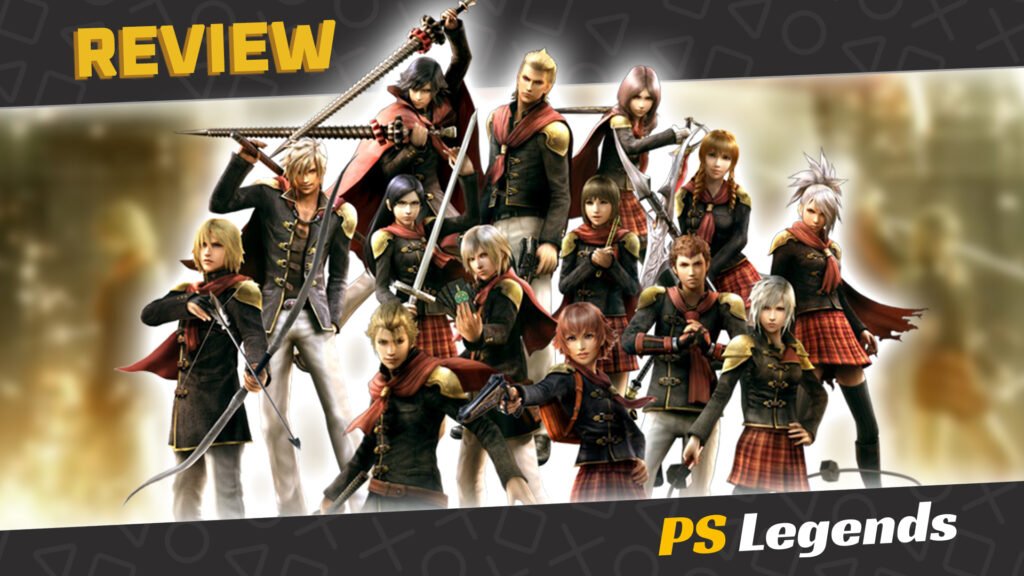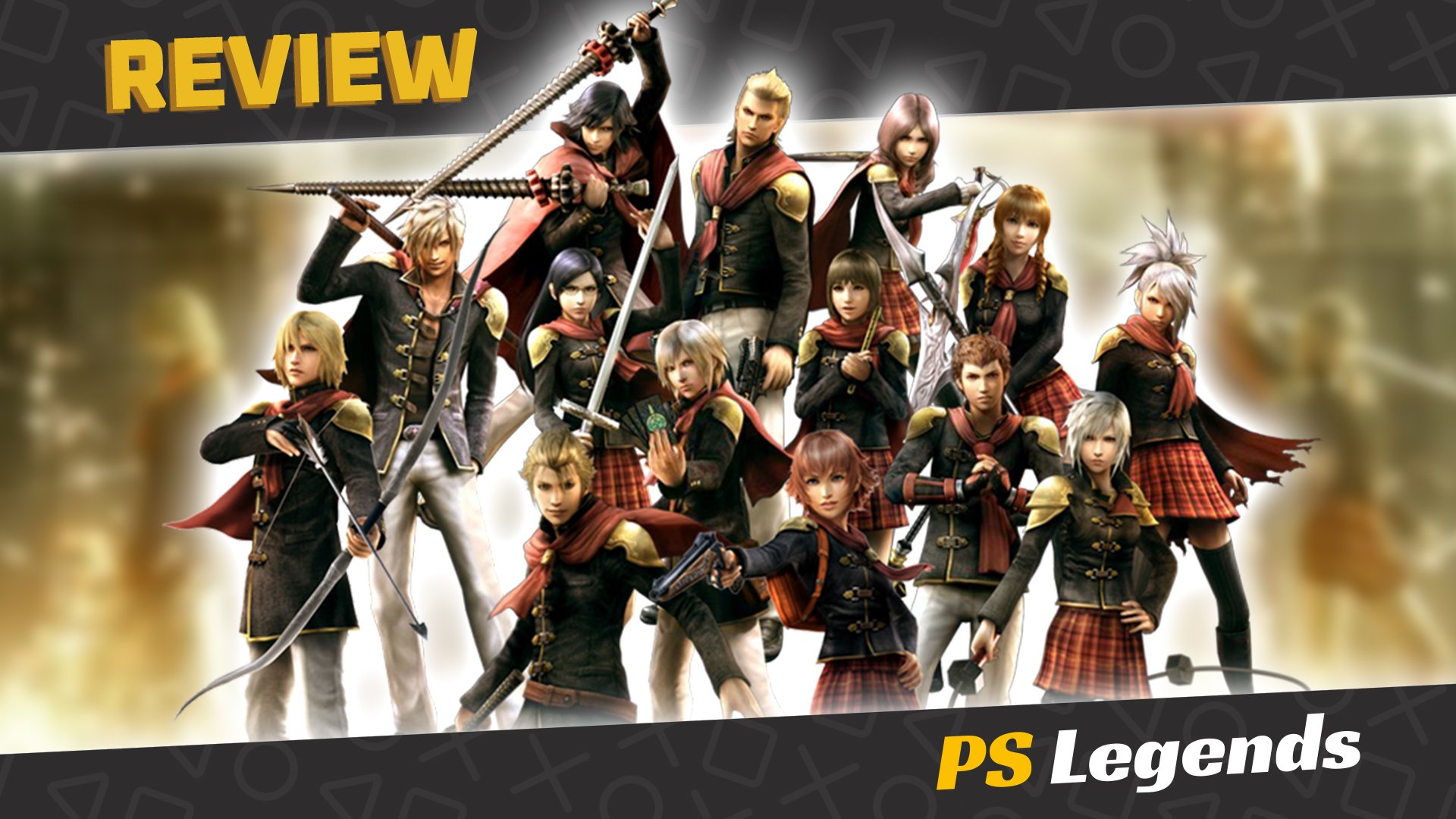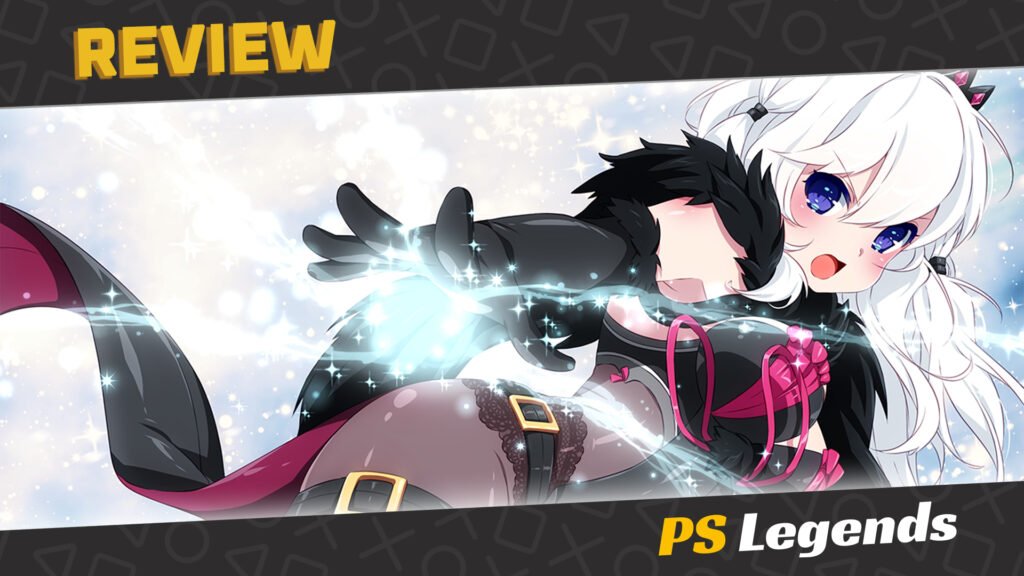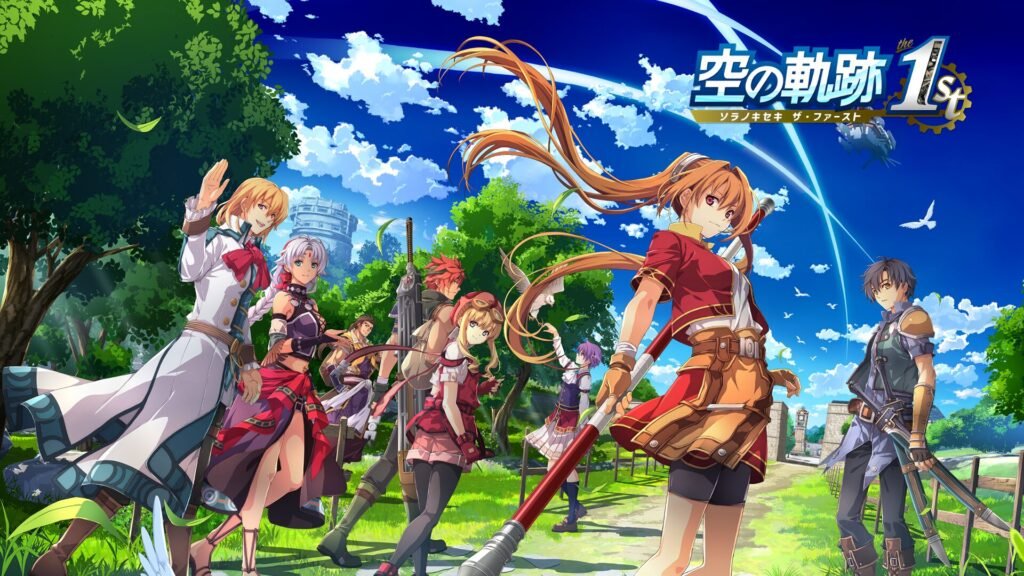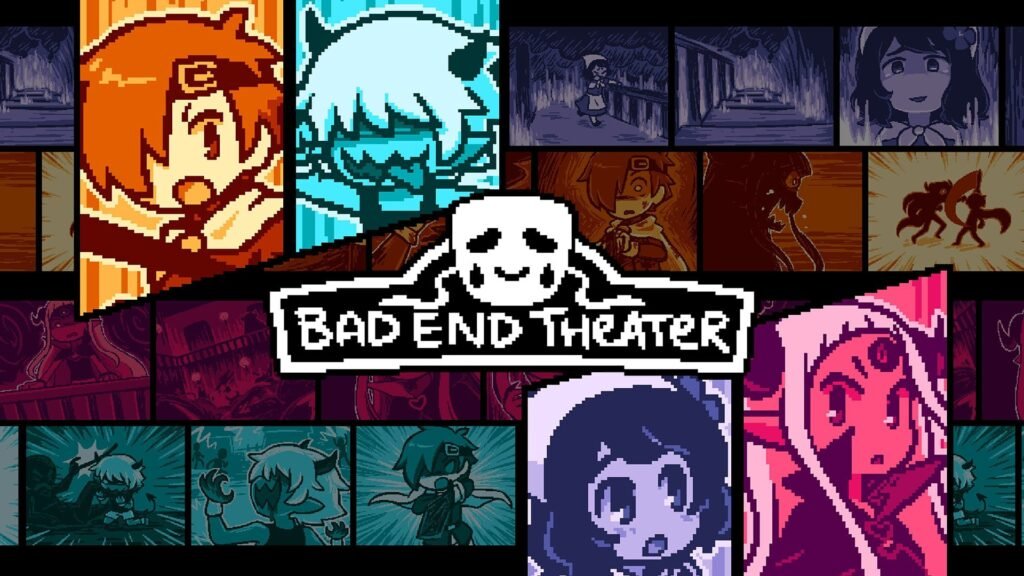After finally getting the long-overdue platinum trophies for Final Fantasy VII, VIII, and XV, I wondered if I could manage another. Despite a few blunders, it’s a franchise worth showing off in your collection. I had to find another game with a realistically achievable platinum, which sadly rules out quite a few. Fortunately, I didn’t have far to look as I dusted off Final Fantasy Type-0 HD, which was, in fact, my very first PS4 game, and one that’s aging surprisingly well.
Introduction
Final Fantasy Type-0 is perhaps the least well-known game in Square-Enix’s Fabula Nova Crystallis project, a series of single-player action JRPGs that concluded with Final Fantasy XV. It’s an unusual title, being a remake of a Japan-only PSP game and is comprised heavily of elements borrowed from Square’s other games, and as such is very much a homage to the classics. Surprisingly, it’s incredibly well put together. Whether it counts as a numbered mainstream Final Fantasy game, or a spin-off is very much up for debate.
Final Fantasy Type-0, originally developed and announced as Final Fantasy Agito XIII was originally announced for mobile phones, but released for the PlayStation Portable in October 2011 exclusively in Japan. It was later revived, remastered, and re-released worldwide as Final Fantasy Type-0 HD for PlayStation 4. It was directed by Hajime Tabata, with Tetsuya Nomura providing character design, while Takeharu Ishimoto composed the score.

Story
The world of Orience is divided into four nations blessed with Crystals that grant them unique powers. The four nations have warred among one another since time immemorial. The nations coexisted peacefully for a time under the Pax Codex until Cid Aulstyne, Imperial Marshal of the Militesi Empire, broke the peace treaty and staged an invasion using advanced military technology developed with the power of the White Tiger Crystal.
In Orience exists a legend of Agito, a messiah prophesied in ancient mythology to appear at the time of Tempus Finis, where they will prevent apocalyptic calamity. As per the will of the Vermilion Bird Crystal, Akademeia, the magic academy of the nation of Rubrum, trains Agito Cadets, who seek to become this saviour. The other nations have their own plans for the same goal, with Marshal Cid of the Militesi Empire imploring to free Orience from under the Crystals’ rule, heralding it to a new future.
The clandestine Class Zero saves the Dominion of Rubrum from being conquered by the Militesi Empire, but all areas outside the capital fall under imperial occupation. As the class has shown its worth on the battlefield, it is given two largely unwelcome new members, Rem Tokimiya and Machina Kunagiri, and is officially enrolled into Akademeia under the watch of their elusive adoptive ‘mother’, Arecia Al-Rashia, as Rubrum sets out to reclaim its lost territories with Class Zero leading the charge.

Gameplay
I’ll share the core elements and game references together. You’ll play as all 14 members of Class Zero, a magical special-ops team recently admitted to the military school, Akademeia (much like Final Fantasy VIII’s Garden) as they are tasked with taking back the regions of Rubrum from the steampunk Magitech soldiers (Final Fantasy VI) of the Militesi Empire as well as magical super-soldiers known as l’Cie (Final Fantasy XIII). The player can choose the leader of their party of three and party members can be changed manually or when the leader is incapacitated.
The battle system is an evolution of the ‘ATB Kai’ system created by Takatsugu Nakazawa for Final Fantasy X-2, which was later adapted and refined in Crisis Core, making Type-0 a hybrid of the two versions. Instead of navigating through menus, actions are mapped to the face buttons for quick access. Each character controls in real-time but will level up and learn new skills with experience, making combat more similar to Kingdom Hearts or Dynasty Warriors.
It’s fast-paced, action-heavy combat in which actions are mapped to face buttons rather than accessed through menus. The cadets each have unique playstyles based on their weapon type and on their equipped abilities. Much of the combat involves determining enemies’ weak points through ‘Killsight’, allowing players to deal a deathblow. ‘Breaksight’ is an alternative applicable to enemies with more than one health bar, such as strong monsters, bosses, and enemy leaders.
Summons, called Eidolons here, gain EXP and AP separately from the summoner. When summoned, they replace the summoner until either the mission is finished or the Eidolon has disappeared from running out of time or by being defeated, resulting in the summoner reappearing in an incapacitated state. The summons work as a normal party member and can be directly controlled by the player or the AI, much like in the Zodiac versions of Final Fantasy XII.
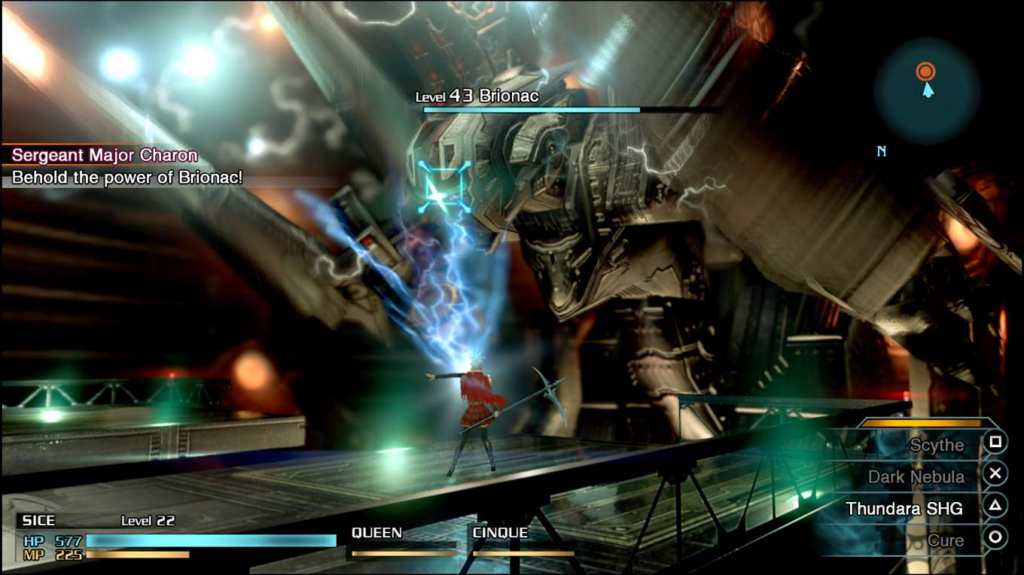
The Altocrystarium powers up the characters’ magic using an energy called phantoma, harvested from defeated enemies. When a character absorbs this energy, their magic recovers a bit. The amount of recovery depends on the type of phantoma, as indicated by its colour. Depending on the type of magic, it can be powered up in different areas. For example, the Fire RF magic can be powered up in strength, MP usage, cast time, projectile distance, and speed. All party members share the same spells, but their strength depends on the user’s magic stat.
The game’s structure is mission-based. There are also sub-objectives, called ‘special orders’, to strive for. The game has a world map, and the player can ride chocobos or fly an airship and use its weapons in an aerial battle. Battles are initiated by random encounters, but some tough monsters roam around the world map and chase after players if they get too close.
The overworld outside of Akademeia can be an intimidating place, as much like Final Fantasy XI, the open plains contain creatures far above your level. Whilst this may put you off exploring the world, and not helped by the near-identical smaller towns you’ll come cross in your travels (a copy-paste trope from the early Final Fantasy games) I urge you to be brave.

Replayability/Trophies
You can train your party members at Akademeia, both in-game and even when the game is turned off to boost their stats. A stronger party opens up new possibilities for you, as the world has its fair share of secrets if you look hard enough. This is key in earning the platinum trophy, as you’ll need to find a long-lost airship. It’s optional, but well worth the journey.
There’s plenty of interesting side-content to keep you busy, most of which helps expand the lore of the game and its minor characters, yet there’s an unhelpful mechanic included which limits your time to pursue this content by restricting your time between missions with spendable hours which can be quickly depleted from talking to NPCs or exploring outside of Akademeia. Sadly, it’s simply impossible to see and do everything in a single playthrough.

Graphics/Sound
Each character has received a top-tier English voiceover and has been lovingly reskinned in HD, just like the Final Fantasy X Remaster. The additional two years of redevelopment has gone a long way in making a huge leap forward from the original and has exclusive upgrades added, including next-gen lighting, reflections and new textures, on top of those generously revamped characters.
The music for Type-0 is composed by Takeharu Ishimoto rather than series regular Nobuo Uematsu. Ishimoto gives the music a dark and heavy feel, including his unusual but very welcome use of a guitar which Ishimoto played himself during recordings. The orchestral and choral elements were performed by the Sydney Symphony Orchestra and the Cantillation chamber choir which make major contributions to the game’s growing Gothic atmosphere. The game’s theme song, ‘Zero’, was composed and performed by popular Japanese rock band Bump of Chicken.

Conclusion
It’s quite a dark story and surprisingly bloody for a Final Fantasy game; Both the opening and ending sequences are particularly harrowing. This is largely tied to elements borrowed from Square’s other flagship series, the Drakengard/NieR franchise. It certainly makes key moments memorable. I’m being deliberately vague with the story as I could easily slip into spoilers of this incredibly intricate plot. Let’s just say the world of Orience is more complex than it first appears, and the outcome of Class Zero’s efforts may change under different circumstances. I’ll have to leave it at that.
Final Fantasy Type-0 explores the meaning of life and death, as well as limited mortality and the weight it carries. The most prominent theme is war and the results it brings to the world. The historical progression of a war and its effects on the younger generation are the main focus of the story. The importance of memory is also another returning Final Fantasy story theme as this factor is altered significantly in the world of Orience. Here, the dead are instantly forgotten by the living, the memories consumed by dominant Crystals. This scenario was created to make people feel the fear and hatred of death and the fragility of life.
A sequel (which the game hints at) would be a big help in expanding the plot but it’s looking less and less likely with each passing year. Square-Enix isn’t exactly known for speedy development. Considering how long it’s taking just to get the Final Fantasy VII Remake saga finished and released, I won’t hold my breath on us ever seeing the Type-0 universe expanded and explored further.
Do yourself a favour and take your time with Type-0. A second playthrough also helps since it features some additional content which is critical in completing the full scope of the story. Enjoy the narrative, capture and breed chocobos then ride them to explore this beautiful world. It all helps towards those trophies too. Whilst it’s not the most diverse world you’ll ever see and the story could use some better, clearer closure, this is still a fascinating game that will stay with you for years to come, even if you can’t quite get your head around it all.
Joys
- Fun, fast and varied combat
- Deep, surprisingly dark story
- Loads of characters with their own unique play-styles
Cons
- Multiple playthroughs required to completely finish the meta-story
- Annoying time limits on exploration
- Largely forgotten, lost among bigger Final Fantasy titles
